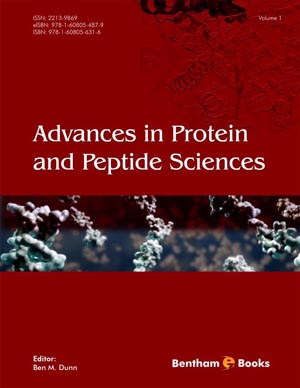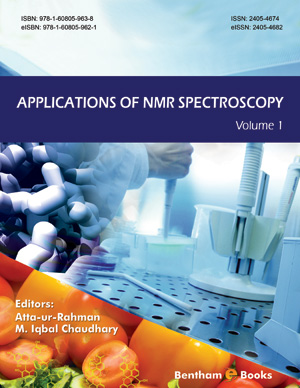Abstract
Heterocycles have gained significant attention from the research community
due to their prevalence in numerous natural products and their applications as
pharmaceuticals, agrochemicals, and new materials. The application of transition metal
catalysts in the synthesis of heterocyclic compounds is an indispensable tool in the field
of organic synthesis and has acquired notable recognition in scientific society all over
the world. The popularity of copper-based catalysts is attributed to their costeffectiveness,
easy accessibility, and environmentally benign nature. In addition to this,
the ability of copper catalysts to coordinate with heteroatoms and to activate
unsaturated systems has resulted in the growing interest of synthetic and medicinal
chemists in this field. Copper-based catalysts have shown their application in various
cross-coupling reactions, C–H functionalization, radical alkylations, conjugate
additions, and trifluoromethylation. Furthermore, they have also exhibited tremendous
scope in heterocyclic syntheses, which include many important reactions, such as
azide-alkyne click reaction (a type of 1,3-dipolar cycloaddition), nitrone-olefin
cycloaddition (Kinugasa reaction), multi-component reactions, and other similar
strategies which result in the construction of 4-8 membered heterocyclic adducts of
biological and industrial relevance. The copper-catalyzed heterocyclic syntheses have
many advantages, such as easily accessible substrates, good atom economy, high
functional group tolerance, excellent yields, and remarkable selectivities. In addition to
this, the targetted heterocycles exhibited diverse biological activities viz. antibacterial,
antifungal, anticancer, antitubercular, anti-HIV, anti-inflammatory, analgesics, and
antiviral activities. The main aim of this chapter is to summarize the advances made in
copper-catalyzed synthesis of heterocyclic compounds in the last ten years.
Keywords: Asymmetric, Azide-alkyne cycloaddition, Click reaction, Coppercatalyzed, Cyclization, Cycloaddition, Diastereoselective, Enantioselective, Heterocycles, Heterocyclic syntheses, Kinugasa reaction, Multicomponent.






















